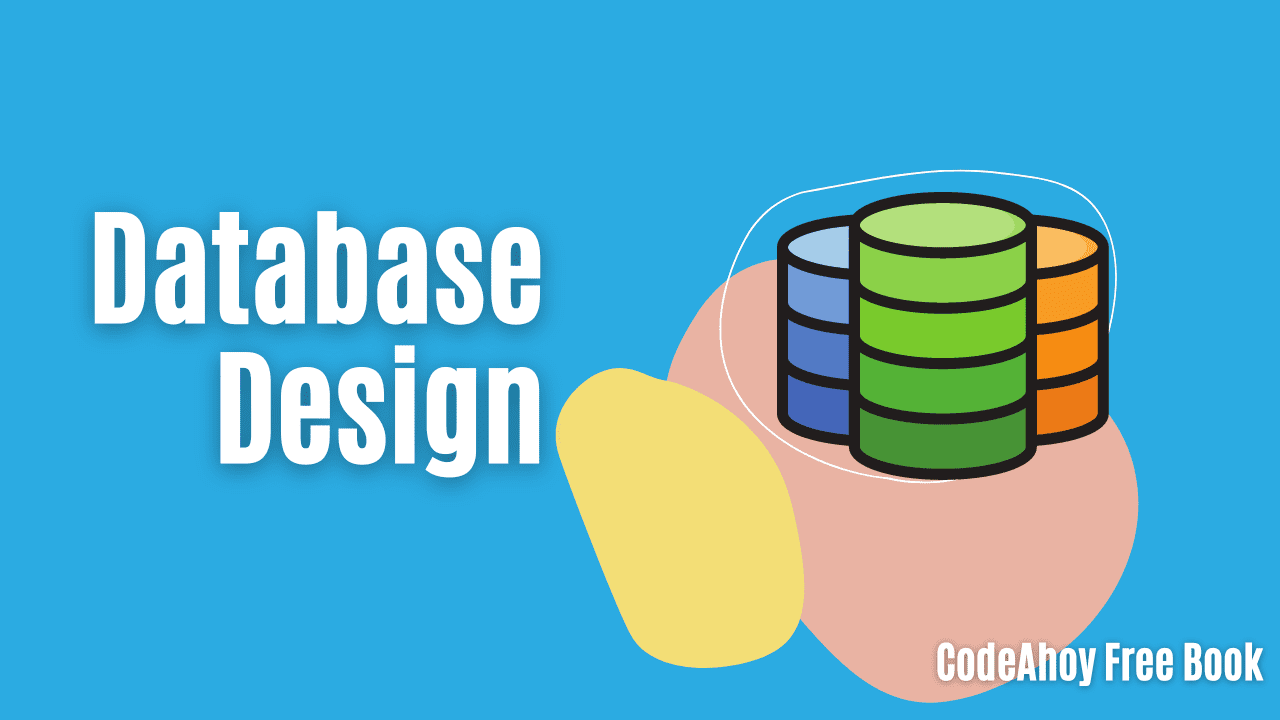Books / Programming Language Design / Chapter 15
Map, filter, reduce, and higher-order functions
The true “zen” of functional programming is being able to compose functions in arbitrary ways in order to process collections of data.
The map, mapv, filter, and reduce functions are a powerful platform for using functions to process collections.
Map (and mapv)
The map and mapv functions apply an arbitrary function to each value in a collection, returning the results of each application as a sequence.
Example:
=> (defn add1 [x] (+ x 1))
=> (map add1 [1 2 3])
(2 3 4)
=> (mapv add1 [1 2 3])
[2 3 4]
The main difference between map and mapv is that map returns a “lazy sequence”, while mapv returns a vector. A lazy sequence is more or less what it sounds like: a sequence where the values are not computed until they are needed.
You should consider using map or mapv any time you need to apply a transformation to each member of a collection and access the results as a sequence.
Filter
The filter function applies a predicate (a function returning a boolean value) to each value in a collection, and returns a sequence containing just the values that matched the collection.
Example:
=> (defn is-multiple-of-3? [x] (= (mod x 3) 0))
=> (filter is-multiple-of-3? [1 2 3 4 5 6 7 8 9 10])
(3 6 9)
You should consider using the filter function any time you need to select a subset of values from a collection.
Reduce
The reduce function does a reduction on a collection of values. There are two forms:
(reduce f coll)
(reduce f val coll)
The first form applies the function f to the first two values in coll, then applies f to that result and the third value in the collection, etc., until all values in the collection have been processed.
Example:
=> (reduce + [1 2 3 4 5])
15
The second form is similar, but f is first applied to val and the first element of the collection, then f is applied to that result and the second element in the collection, etc.
Example:
=> (reduce + 0 [1 2 3 4 5])
15
You should consider using reduce whenever you need to combine all of the values in a collection of data to produce a single result value.
Higher-order functions
A higher-order function is a function which returns a function as a result.
One important use of higher-order functions is to produce a “family” of related functions on demand. In the filter example above, we defined an is-multiple-of-3? function. However, we might want to have predicate functions for other multiples. Here is a make-is-multiple-of function that can generate any such predicate:
(defn make-is-multiple-of [n]
(fn [x]
(= (mod x n) 0)))Testing this function:
=> (filter (make-is-multiple-of 2) [1 2 3 4 5 6 7 8 9 10])
(2 4 6 8 10)
=> (filter (make-is-multiple-of 3) [1 2 3 4 5 6 7 8 9 10])
(3 6 9)
Note that in the example above, we didn’t give a name to either of the functions returned by make-is-multiple-of. However, if there is a particular variant that we want to refer to by name, we can give it one using def:
=> (def is-multiple-of-4? (make-is-multiple-of 4))
#'lab10.core/is-multiple-of-4?
=> (filter is-multiple-of-4? [1 2 3 4 5 6 7 8 9 10])
(4 8)
(Note that my namespace for this example was called lab10.core.)
Higher-order functions can be very powerful when used in conjunction with map, filter, and reduce.




